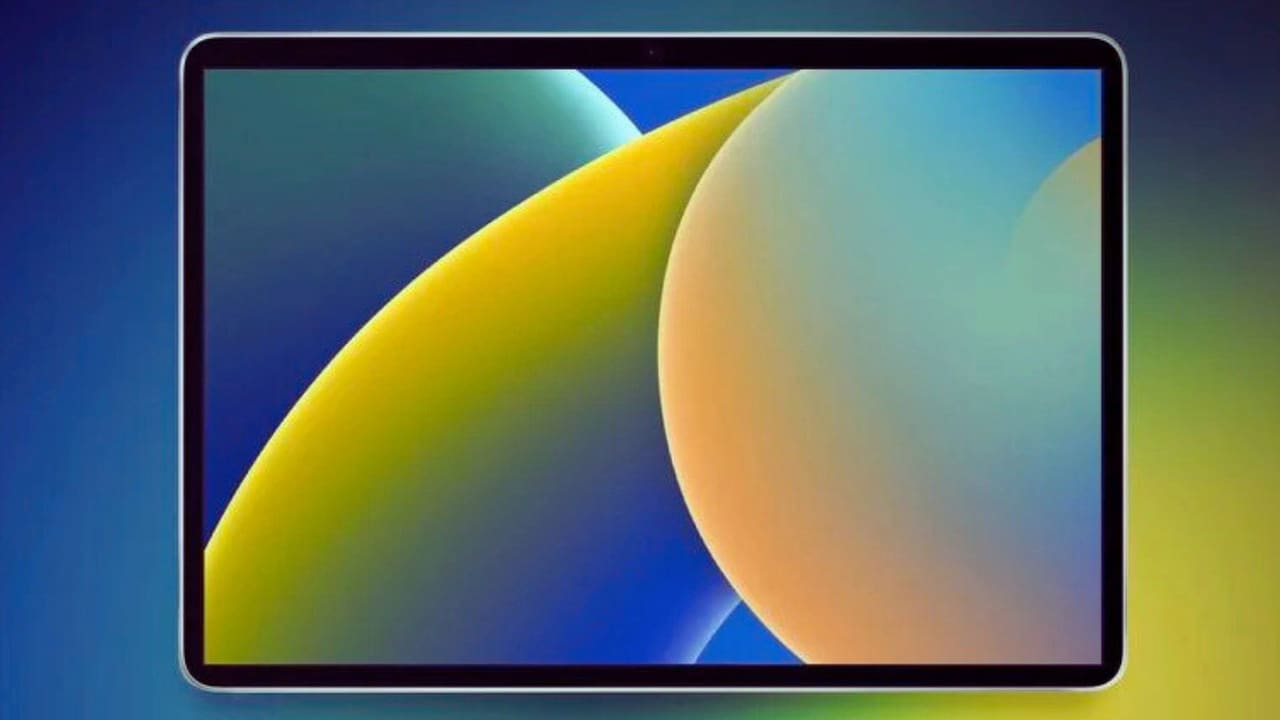Apple’s Next Big Thing: Revolutionary AI Home Hub Set to Transform Smart Living
Apple is poised to revolutionize smart home technology with an innovative AI-powered command center, scheduled for release in March 2025. This groundbreaking device represents the tech giant’s bold move into the competitive smart home market, challenging established players like Amazon and Google.
The new device, which industry insiders are calling the “AI Home Hub,” features a unique 6-inch square display with distinctively thick bezels, setting it apart from Apple’s traditional rectangular iPad design.
Available in sleek silver and black finishes, this versatile command center can be mounted on walls, placed on countertops, or even equipped with a cutting-edge robotic arm for automated movement.
“This isn’t just another smart display—it’s a complete reimagining of how we interact with our homes,” says Mark Gurman, Bloomberg’s veteran Apple analyst. “The company has spent over three years perfecting this technology.”
Key Features That Stand Out:
- The built-in FaceTime camera allows for crystal-clear video calls.
- High-quality speakers for room-filling sound
- Long-lasting rechargeable battery
- Smart sensors that detect user proximity
- Seamless integration with existing Apple devices
The interface combines the best elements of Apple’s Standby mode and watchOS, creating an intuitive experience that responds to both touch and voice commands. The system leverages Apple intelligence, the company’s advanced AI technology, to control smart home devices and manage daily tasks effortlessly.
Home automation gets a major upgrade with this device. The Hub can:
- Control lights, thermostats, and security cameras
- Display weather updates and calendar appointments.
- Show photo slideshows.
- Act as an intercom between rooms.
- Provide instant security alerts.
Tim Cook, Apple’s CEO, has personally championed this project, pushing engineering teams to prioritize its development. The device requires an iPhone for initial setup but operates independently afterward, showcasing Apple’s commitment to its ecosystem while maintaining device autonomy.
Price-wise, Apple appears to be targeting the premium segment of the smart home market. Industry experts expect it to compete with similar products like the Amazon Echo Hub ($150) and Google Nest Hub Max ($230), despite the absence of official pricing announcements.
Looking ahead, Ming-Chi Kuo, a respected Apple analyst, reveals that the company isn’t stopping here. Plans are already in motion for a smart home camera with wireless connectivity and deep AI integration, targeted for a 2026 release.
The device’s ability to adjust its interface based on user proximity sets it apart from competitors. When someone approaches, it can smoothly transition from displaying basic information like temperature to offering interactive controls, similar to how Nest thermostats operate.
Security remains a top priority, with the Hub featuring advanced monitoring capabilities and seamless integration with home security systems. Additional sensors that plug into wall outlets throughout the home may be available, though Apple hasn’t confirmed whether these will be first-party accessories.
The Hub will come preloaded with essential Apple apps, including:
- Safari is for web browsing.
- Apple News is for current events.
- Apple Music is for entertainment.
- Notes for quick reminders
- Calendar for scheduling
- Photos for memories
While there won’t be a dedicated App Store, the preinstalled software suite covers most daily needs. Various mounting options, including a specialized base with enhanced speakers, will give users flexibility in how they integrate the device into their homes.
This launch represents Apple’s most significant push into the smart home market to date, potentially reshaping how we interact with our living spaces. As March 2025 approaches, the tech world eagerly awaits what could be the next major innovation in home automation.
